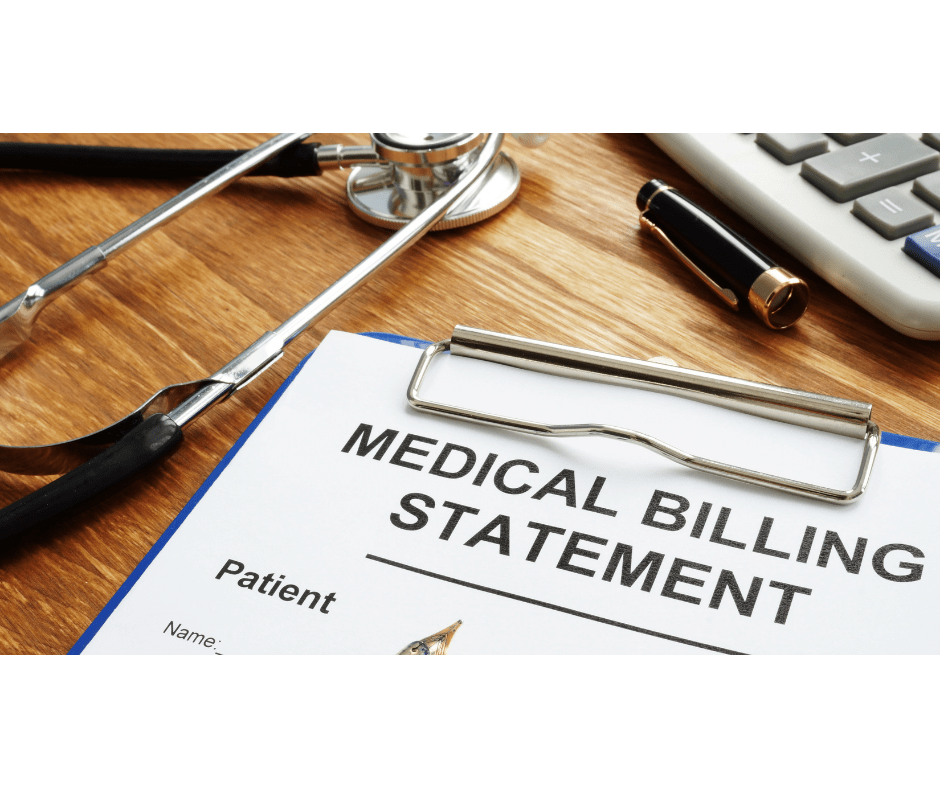By d-mars.com News Provider
Americans may be tired of hearing about COVID-19 but a slew of new healthcare regulations are significantly impacting how people are charged for healthcare services. On Jan. 1, 2022, the U.S. Department of Health and Human Services (HHS) kicked off the New Year by celebrating the consumer protections included in the 2020 No Surprises Act law. To wit: No more surprise medical bills! At least that’s the goal. Although the new law will be implemented through a series of regulations over the next several years, there are a number of aspects that benefit consumers right now. One company that has been leading the technology behind streamlining the process for providers and consumers with up-to-date physician practice management systems is NextGen Healthcare.
How do the new rules affect your pocketbook?
Everyone has either experienced a “surprise” medical bill that was much larger than expected or knows a family member or friend who has. The new law puts a stop to certain unexpected medical expenses by:
* Banning out-of-network bills for emergency care and requiring that cost-sharing for these services (such as copays) always be based on in-network rates, even when care is received without prior authorization.
* Banning any out-of-network bills if a patient goes to an in-network hospital for a procedure (unless the patient waives this right through a formal informed consent process).
* Requiring providers and facilities to share with patients easy-to-understand notices that explain the applicable billing protections and who to contact if they have concerns that a provider or facility has violated the new surprise billing protections.
It’s important to note that these policies only apply to services delivered in facilities such as hospitals and emergency rooms. For physicians in private practice, the more important part of the rules relates to price transparency.
What about uninsured or self-pay patients?
Significantly, the new rules require all providers to offer uninsured or self-pay patients a “good faith cost estimate” for services (including ancillary items or services that are reasonably expected to be provided together with the primary item or service – think lab tests or anesthesia) delivered on or after Jan. 1, 2022.
Physicians will also be held accountable for the cost estimates: The actual charges for a patient’s visit may not exceed $400 from the quoted estimate. What happens if it does? A consumer now has the ability to legally dispute the final charges through a new federal dispute resolution arbitration process that physicians are now subject to.
What’s the takeaway?
A by-product of the COVID-19 pandemic and consumers’ increased reliance on telehealth, technology paired with the integration of provider/patient management tools offered by companies such as NextGen Healthcare, has been a new focus of healthcare. As part of the No Surprises Act, HHS must soon expand the “good faith cost estimate” to INSURED patients as well. That, along with the out-of-network billing provisions that affect all patients, usher in a new era in healthcare, in which the days of surprise medical bills and unplanned financial distress for thousands of consumers are coming to an end.
Source: BPT








